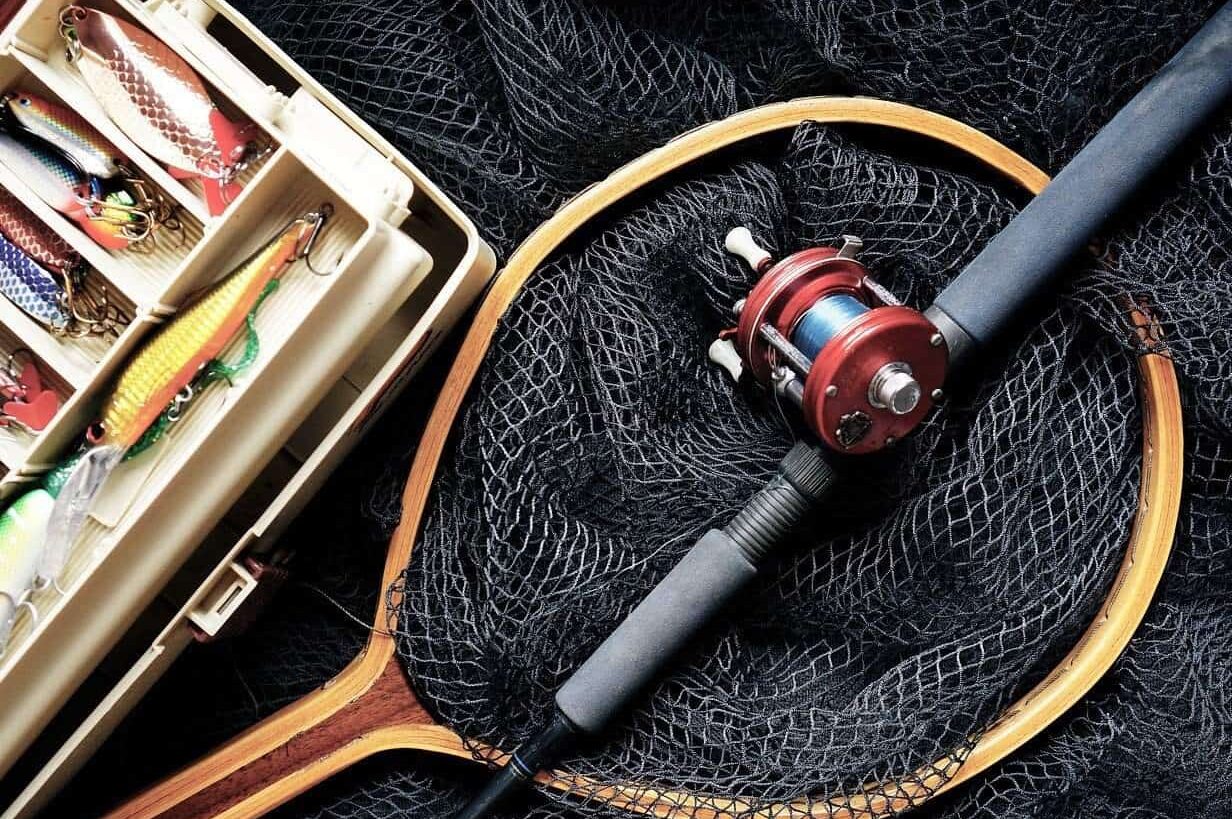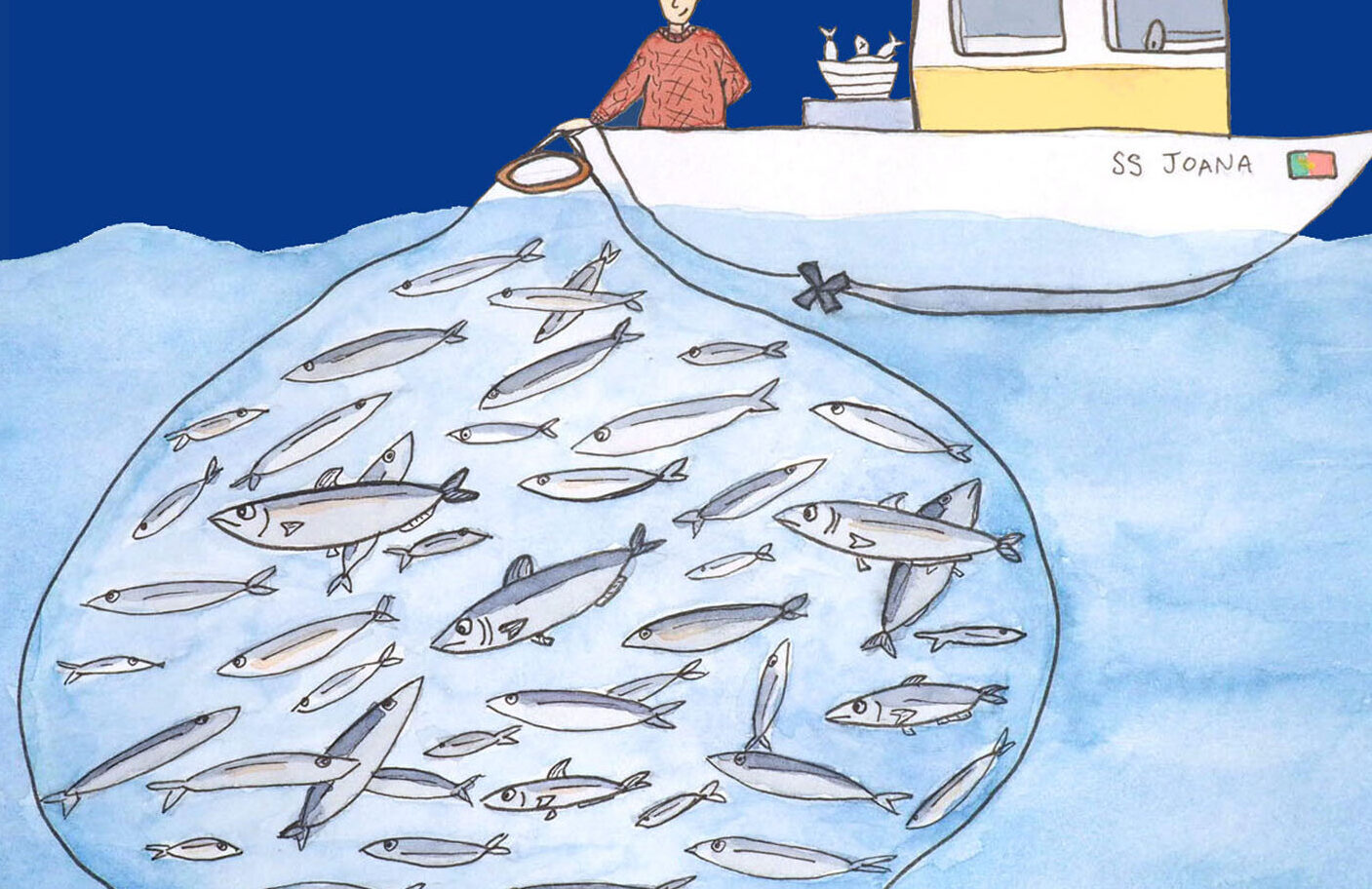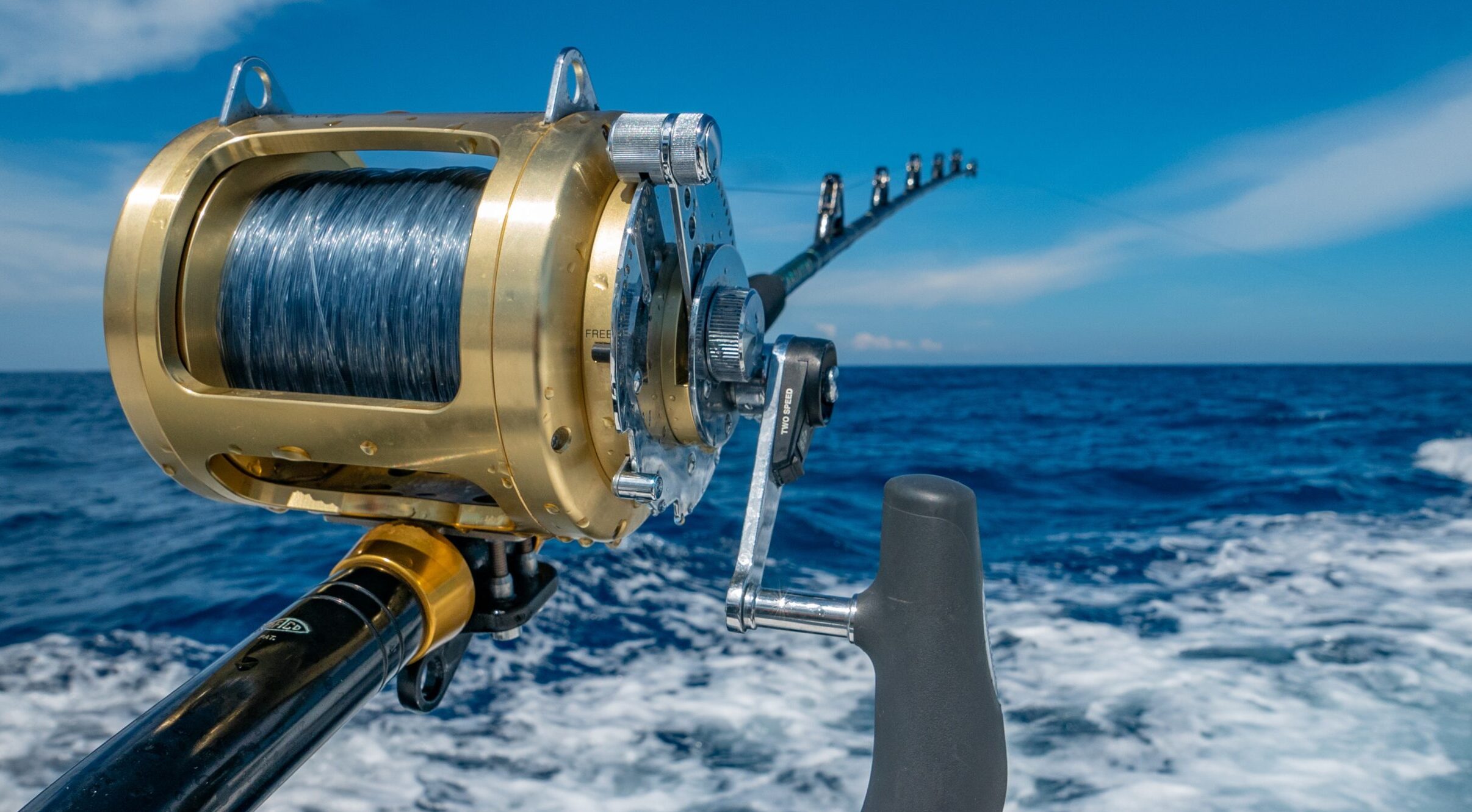Choosing the right fishing rod can be a daunting task for beginners. However, understanding the basics of fishing rods can make the process much easier. The first step is to understand the different types of fishing rods available. Two basic types of rods are spinning rods and casting rods, each designed for specific fishing techniques. Once you have an idea of the type of fishing you will be doing, the next step is to consider your budget and look at different manufacturers and their offerings.
Understanding the parts of a fishing rod is crucial when selecting the right one. The basic anatomy of a fishing rod includes the handle, reel seat, guides, and the blank, which is the main body of the rod. The length and power of the rod are also important factors to consider. For beginners, a good length is usually around 7 feet, which provides a balanced amount of casting distance and accuracy. Power ratings correspond to the rod’s line and lure ratings, and beginners can select the right power by considering the general size of fish they target.
When choosing the right fishing rod, it is important to consider your skill level and the species of fish you enjoy catching. The length and power of the rod should be matched to the type of fish you are targeting and the technique you will be using. The first thing to remember is that each fishing rod is a balance of flexibility and strength, with stronger rods able to cast heavier lures and handle larger fish. By understanding the basics of fishing rods and considering your individual needs, you can choose the right fishing rod for your next fishing adventure.
Factors to consider when choosing a fishing rod
Choosing the right fishing rod can be a daunting task for beginner anglers. However, understanding the factors to consider can make the process much easier. The first factor to consider is the type of fishing you plan to do. Different types of fishing require different types of rods, such as fly fishing, surf fishing, or freshwater fishing. The second factor to consider is the species of fish you plan to catch. Different species require different types of rods and lures, so it’s important to choose a rod that can handle the weight and size of the fish you plan to catch. Lastly, the fishing location is also an important factor to consider. For example, fishing in a small stream requires a different type of rod than fishing in the open ocean. By considering these factors, you can narrow down your options and choose a rod that is best suited for your needs.
Another important factor to consider when choosing a fishing rod is the length of the rod. A good length for beginner anglers is usually around 7 feet, as this size allows for a balanced amount of casting distance and accuracy. Additionally, the flexibility and strength of the rod are also important factors to consider. Stronger rods can cast heavier lures and handle larger fish, while more flexible rods are better suited for lighter lures and smaller fish. By choosing a rod with the appropriate length, flexibility, and strength, you can improve your chances of catching the fish you want.
Lastly, it’s important to consider your budget when choosing a fishing rod. Fishing rods can range in price from less than $20 to several hundred dollars. While more expensive rods may offer better performance, there are plenty of affordable options available for beginner anglers. It’s also important to research different manufacturers and their products to find the best quality rod within your budget. By considering your budget and researching different options, you can find a fishing rod that meets your needs without breaking the bank.
Spinning rods
Spinning rods are a popular choice for beginner fishermen due to their ease of use and versatility. They are generally made of fiberglass, graphite, or a combination of both materials, with fiberglass rods being more durable and requiring less maintenance. One of the main advantages of using a spinning rod is that it allows for easy casting and is ideal for targeting smaller species such as panfish and trout. However, one of the disadvantages of using a spinning rod is that it may not be suitable for heavy-duty fishing or targeting larger fish due to its relatively lower power and sensitivity. When choosing a spinning rod, it is important to consider factors such as length, material, and action, which will impact the rod’s performance.
Spinning rods can be used for both freshwater and saltwater fishing, making them a versatile option for anglers. Longer spinning rods are better suited for longer casts, while shorter rods are more precise in small areas. When selecting a spinning rod for saltwater fishing, it is important to choose a rod that is designed to withstand the harsh saltwater environment. Additionally, selecting the right spinning reel is crucial for optimal performance. The reel should be chosen based on the rod’s specifications and the type of fishing being done. The rod and reel should be compatible to ensure that they work together effectively.
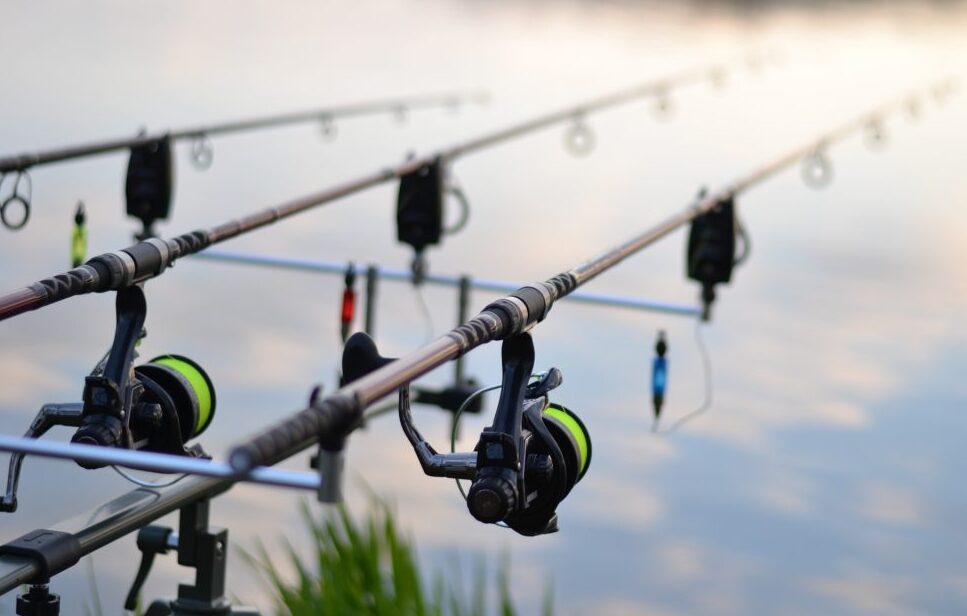
Overall, spinning rods are an excellent choice for beginner fishermen due to their ease of use and versatility. They are suitable for targeting smaller species in both freshwater and saltwater environments, making them a great all-around option for anglers. When selecting a spinning rod, it is important to consider factors such as length, material, and action, and to choose a reel that is compatible with the rod’s specifications and the type of fishing being done. With the right combination of rod and reel, beginner fishermen can enjoy a successful and enjoyable fishing experience.
Baitcasting rods
When it comes to choosing a fishing rod, beginners may find it overwhelming to navigate through the various options available. One type of fishing rod to consider is the baitcasting rod. Baitcasting rods have both advantages and disadvantages. They offer greater accuracy and control when casting, making them ideal for targeting larger fish. However, they can be more difficult to use than other types of rods, and may require some practice to master.
If you are interested in targeting larger fish, baitcasting rods are a great option. They offer greater power and sensitivity, allowing you to feel even the slightest nibble on your line. When choosing a baitcasting rod, it is important to also consider the reel that will be paired with it. A good rule of thumb is to choose a reel with a similar weight and balance to the rod, as this will ensure optimal performance. Additionally, it is important to choose a rod with the appropriate length and action for the type of fishing you will be doing.
While baitcasting rods may not be the best option for beginners, they are a great choice for more experienced anglers looking to target larger fish. When selecting a baitcasting rod, consider its advantages and disadvantages, and choose a reel that complements its weight and balance. With some practice, baitcasting rods can provide greater accuracy, control, and sensitivity, leading to a more successful and enjoyable fishing experience.
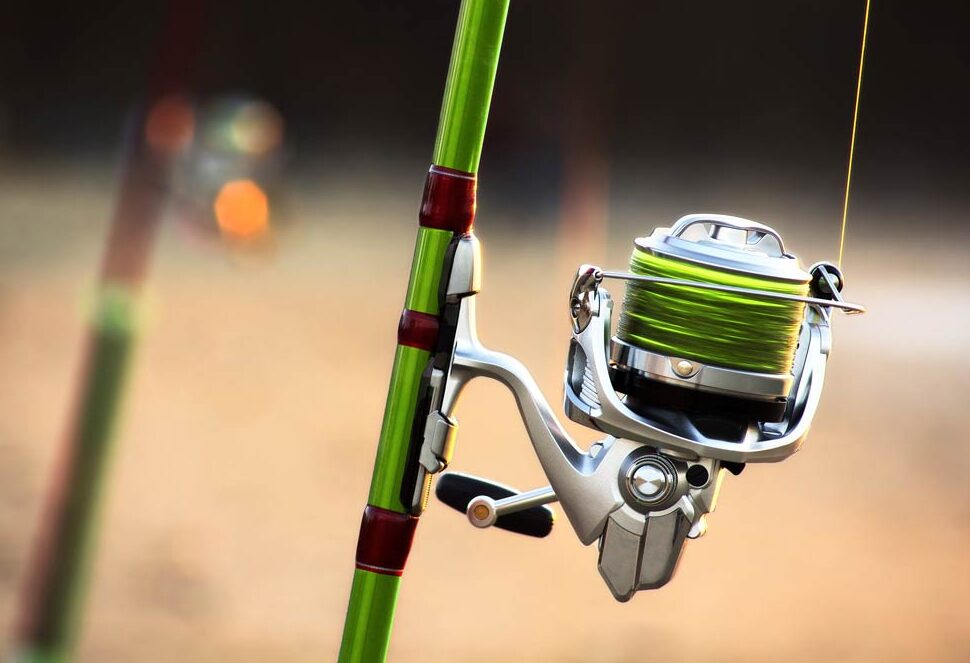
Fly fishing rods
When it comes to fly fishing, selecting the right fishing rod is essential for success on the water. Fly fishing rods are typically longer and more flexible than other types of fishing rods, allowing for more precise casting and delicate presentations. However, they also have their own set of advantages and disadvantages. Fiberglass rods, for example, are a great option for beginners due to their durability and low maintenance requirements. On the other hand, telescopic or multi-piece rods can be more difficult to find in the right length and weight, limiting the variety of options available. Additionally, when selecting a fly fishing rod, it’s important to consider the length, as longer rods are better for longer casts, while shorter rods are more nimble and precise in small areas.
Fly fishing rods are ideal for catching trout and other freshwater fish. A light rod between 1.2 to 2 meters (4 to 6 feet) in length is a good choice for beginners, as it is lightweight and versatile enough to handle a variety of fish species. When selecting a fly fishing rod, it’s also important to choose the right fly reel. The reel should be able to hold the necessary amount of backing and fly line for the weight of the rod. Additionally, the reel should have a smooth drag system and sufficient backing capacity for the weight of the rod.
Choosing the right fishing rod can be overwhelming for beginners, but with the right information, it doesn’t have to be. By considering factors such as length, weight, and material, anglers can select the perfect fly fishing rod for their needs. Additionally, selecting the right fly reel is crucial for success on the water. By choosing a reel with the correct backing capacity and drag system, anglers can ensure that their fly fishing experience is both enjoyable and productive.
